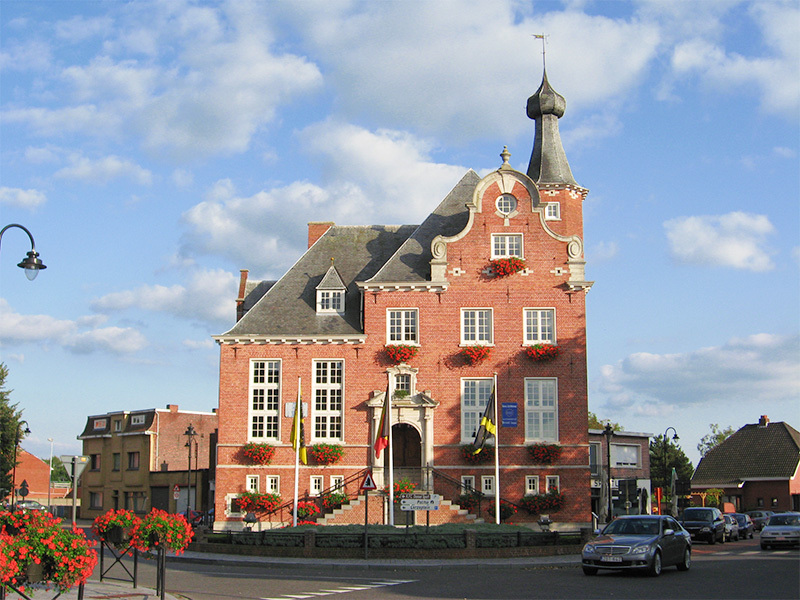Value determination of a local development fund in Dessel
08.25
From 2008 to 2010
TML examined the impact of the planned repository for low-level nuclear waste at Dessel on local quality of life, comparing the effects with and without disposal. The study highlighted the need for a local development fund to compensate for potential inconveniences and discussed methods to build up the capital of this fund.
In the municipality of Dessel, ONDRAF/NIRAS (National Agency for Radioactive Waste and Enriched Fissile Materials) is planning the construction of a new repository for low-level nuclear waste. Through the partnerships STORA and MONA, the Dessel and Mol municipalities have imposed additional conditions to preserve residents’ quality of life. One of these conditions is the creation of a local development fund to compensate for the potential inconveniences of the site.
To arrive at an appreciation of one condition, a comparison with another condition is needed. In the first stage, the states with and without disposal were described, assuming a maximum but still realistic development in the period 2008 - 2058. The optimum scenario for the situation without disposal was the development of an SME zone on the land designated for disposal. An option where this site would become a villa district was also examined, but this did not prove to give a higher valuation.
The possible methods of arriving at a valuation were then considered. It was concluded that it was best to list all effects individually for the sake of feasibility and transparency.
The identified effects are, in order of importance:
The last two items do not account for more than 2% of the total. Subjective effects inclusion was considered, but no indication of their presence was found.
More realistic development scenarios were also considered, showing that the likelihood of the presence of the disposal providing a benefit to municipalities is higher than vice versa. However, the aim was to calculate a maximised minimum compensation, thus turning the scenario choice in that direction.
A second part of the study discussed how to build the capital of the local development fund, discussing the risks for fund manager and financier.
In the municipality of Dessel, ONDRAF/NIRAS (National Agency for Radioactive Waste and Enriched Fissile Materials) is planning the construction of a new repository for low-level nuclear waste. Through the partnerships STORA and MONA, the Dessel and Mol municipalities have imposed additional conditions to preserve residents’ quality of life. One of these conditions is the creation of a local development fund to compensate for the potential inconveniences of the site.
To arrive at an appreciation of one condition, a comparison with another condition is needed. In the first stage, the states with and without disposal were described, assuming a maximum but still realistic development in the period 2008 - 2058. The optimum scenario for the situation without disposal was the development of an SME zone on the land designated for disposal. An option where this site would become a villa district was also examined, but this did not prove to give a higher valuation.
The possible methods of arriving at a valuation were then considered. It was concluded that it was best to list all effects individually for the sake of feasibility and transparency.
The identified effects are, in order of importance:
- Reduction of distance to work for Mol and Dessel residents through creation of jobs nearby.
- Reduction of municipal income.
- Health effects.
- Congestion and infrastructure costs.
The last two items do not account for more than 2% of the total. Subjective effects inclusion was considered, but no indication of their presence was found.
More realistic development scenarios were also considered, showing that the likelihood of the presence of the disposal providing a benefit to municipalities is higher than vice versa. However, the aim was to calculate a maximised minimum compensation, thus turning the scenario choice in that direction.
A second part of the study discussed how to build the capital of the local development fund, discussing the risks for fund manager and financier.


